Shared Standards, Stronger Seed: Alaska Nurseries Put Proven SOPs to Work
In Alaska, kelp nurseries are scattered across thousands of miles of coastline, each one working independently to supply seed to farmers in the region. In recent years, many of the state’s nurseries have faced mounting challenges with contamination and declining seed quality. Farmers across the state have been frustrated by yields that lag behind those on the East Coast.
“Yield is one of the only levers farmers have to increase profitability,” says Lindsay Olsen, GreenWave’s Director of Training and Support. “It’s a critical metric in getting the industry to a sustainable, profitable place.”
Reliable seed is the foundation of every thriving kelp farm. After nearly a decade of commercial scale kelp nursery operations—combining successful regional seed production with the development of solutions to network-wide challenges—GreenWave has refined a set of nursery standard operating procedures (SOPs) designed to make seed production more consistent, efficient, and built for real-world conditions.
In response to challenges in Alaska, GreenWave organized a three-day seed quality workshop, convening seven of the state’s active nurseries to align on shared practices, troubleshoot challenges, and adapt the SOPs for the region’s unique conditions. Hosted at the Prince William Sound Science Center with support from Alaska Sea Farms and funding from the Southeast Conference (SEC) and Alaska Sea Grant, the event marked the first time the majority of Alaska’s operators gathered to tackle shared obstacles and plan for the future of seed.
Over the three days in August 2025, participants worked through GreenWave’s SOPs—covering infrastructure, spore release and cleaning, seeding protocols, and nursery-farmer communications—as a shared framework for consistency and quality, while also addressing big-picture questions about scaling production in the region. The workshop combined hands-on technical training with open dialogue and peer learning, giving operators space to validate their approaches, share challenges, and problem solve together.
Nursery operators shoulder enormous responsibility at the very beginning of the value chain. “Operators realized they weren’t alone,” says Dave Bailey, GreenWave’s Director of Farmer Advancement. “Nursery work can feel isolating—success goes unnoticed, but failure affects everyone. Sharing challenges openly was a critical step forward.”
That spirit of reflection carried through the workshop. Lindsay was struck by the humility in the room: “Some have been doing this nearly a decade, but they came ready to learn, listen, and be introspective about what was or wasn’t working in their systems.”
With funding from SEC, GreenWave was able to provide $9,000 grants to participating nurseries to add filtration systems, tank components, and other infrastructure upgrades to improve seed quality. GreenWave worked with each nursery to build customized gear lists that directly address the issues operators faced in their systems.
Since the workshop, Alaska operators have stayed connected, sharing real-time updates and photos, troubleshooting issues, and trading insights throughout the season. GreenWave will host two follow-up meetings—mid-season and post-harvest—to review the impact of the nursery improvements on farm yields.
“Bringing nursery operators together to share their experiences is key to improving seed quality and ensuring a consistent supply for Alaska’s growing mariculture industry,” says Missy Good, Mariculture Specialist at Alaska Sea Grant. “This training was an important step toward building the collaborative foundation needed to support a resilient mariculture future.”
Improving seed quality in Alaska will require a technical effort and a coordinated network. By grounding training in tested systems, GreenWave and its partners are building a network capable of producing consistent, high-quality seed across coasts.
Now available: GreenWave’s Kelp Nursery Operations Manual: Proven Protocols and Practices for Seed Cultivation are live here. Built from a decade of commercial and field experience, this free resource offers practical, step-by-step guidance for producing reliable, high-quality seed.







